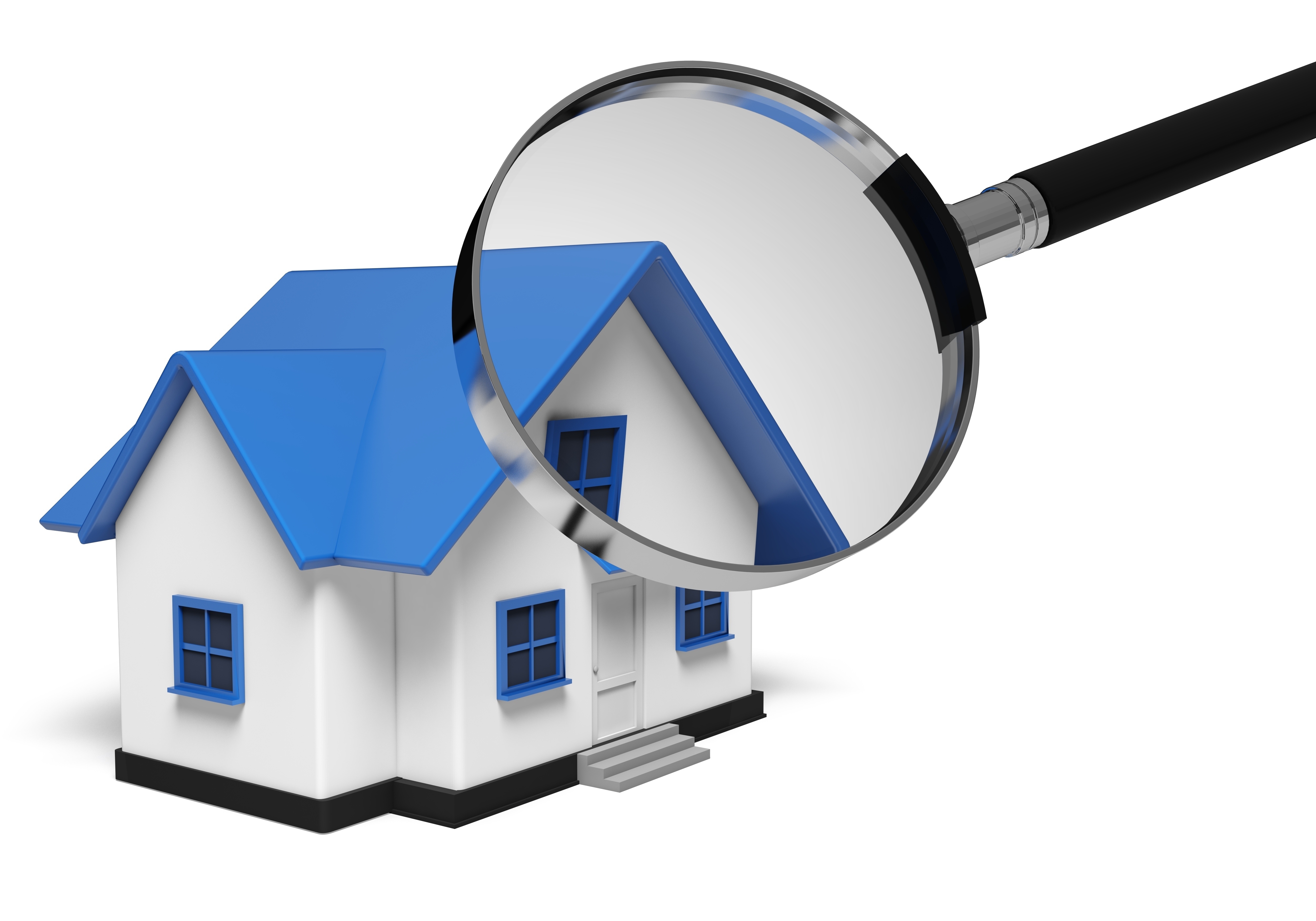
Understanding the Appraisal ProcessA home purchase is the most serious financial decision some people could ever consider. Whether it's a primary residence, a seasonal vacation property or an investment, the purchase of real property is a detailed financial transaction that requires multiple people working in concert to make it all happen. Most of the participants are quite familiar. The most familiar person in the exchange is the real estate agent. Next, the mortgage company provides the money necessary to fund the exchange. And ensuring all details of the transaction are completed and that a clear title transfers to the buyer from the seller is the title company. So, who's responsible for making sure the property is worth the amount being paid? In comes the appraiser. We provide an unbiased estimate of what a buyer could expect to pay — or a seller receive — for a property, where both buyer and seller are informed parties. A licensed, certified, professional appraiser from Diamondback Appraisal & Consulting, Inc. will ensure, you as an interested party, are informed. Appraisals begin with the property inspectionTo determine an accurate status of the property, it's our responsibility to first conduct a thorough inspection. We must see features first hand, such as the number of bedrooms and bathrooms, the location, living areas, etc, to ensure they really are there and are in the condition a typical buyer would expect them to be. To ensure the stated square footage has not been misrepresented and document the layout of the property, the inspection often requires creating a sketch of the floorplan. Most importantly, we look for any obvious features - or defects - that would have an impact on the value of the house. Back at the office, we use two or three approaches to determining the value of real property: sales comparison and, in the case of a rental property, an income approach. 
Replacement CostHere, we use information on local building costs, the cost of labor and other elements to derive how much it would cost to construct a property comparable to the one being appraised. This figure commonly sets the maximum on what a property would sell for. It's also the least used predictor of value. 
Sales ComparisonAppraisers are intimately familiar with the communities in which they appraise. They thoroughly understand the value of particular features to the homeowners of that area. Then, the appraiser looks up recent transactions in the neighborhood and finds properties which are 'comparable' to the property being appraised. Using knowledge of the value of certain items such as square footage, additional bathrooms, hardwood floors, fireplaces or view lots (just to name a few), we adjust the comparable properties so that they more accurately match the features of subject property.
A true estimate of what the subject could sell for can only be determined once all differences between the comps and the subject have been evaluated. At Diamondback Appraisal & Consulting, Inc., we are experts in knowing the value of particular items in Mesa and Maricopa County neighborhoods. This approach to value is typically given the most importance when an appraisal is for a real estate sale. Valuation Using the Income ApproachIn the case of income producing properties - rental houses for example - we may use an additional method of valuing a house. In this case, the amount of revenue the real estate yields is factored in with other rents in the area for comparable properties to give an indicator of the current value. Putting It All TogetherCombining information from all applicable approaches, the appraiser is then ready to state an estimated market value for the property in question. Note: While the appraised value is probably the strongest indication of what a property is worth, it may not be the final sales price. It's not uncommon for prices to be driven up or down by extenuating circumstances like the motivation or urgency of a seller or 'bidding wars'. Regardless, the appraised value is typically used as a guideline for lenders who don't want to loan a buyer more money than the property is actually worth. It all comes down to this, an appraiser from Diamondback Appraisal & Consulting, Inc. will help you discover the most accurate property value, so you can make the most informed real estate decisions. |